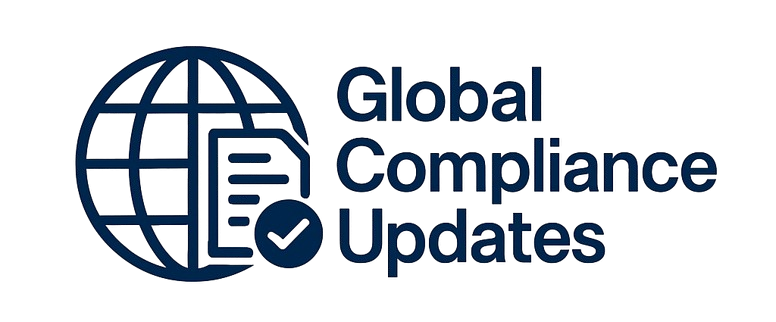Today the EEOC receives thousands of complaints for harassment and discrimination that cost employers millions in penalties and fines. Often these claims filed with the EEOC could have been prevented with a good investigation and resolution by the company. But investigations can be tricky. The timing has to be good, the questions have to be good and confidentiality has to be observed. We will talk about what these standards are.
WHY SHOULD YOU ATTEND?
In today's workplace there are numerous situations that can cause problems for employers that need to be followed up on and investigated by HR. These include claims of harassment, claims of discrimination, claims of hostile environment, claims of retaliation, claims of improper pay practices, and many more claims of improper management practices. HR usually ends up with the responsibility for conducting these investigations.
Companies that opt not to conduct investigations generally do not correct situations on which these claims are made and ultimately end up in court costing them tens of thousands, if not hundreds of thousands of dollars. Improperly conducting investigations can be nearly as damaging to the company. We will learn about the steps of a proper investigation and why it is important to lay the ground work a good investigation.
AREA COVERED
• How to Weigh the evidence
• How to Make a decision
• How to Prepare the report
LEARNING OBJECTIVES
• Who should conduct the investigation
• What Documentation should be gathered
• What Fact finding consists of
• What happens after the investigation
WHO WILL BENEFIT?
• HR Professionals
• Office Managers
• Company Owners of Small Businesses
In today's workplace there are numerous situations that can cause problems for employers that need to be followed up on and investigated by HR. These include claims of harassment, claims of discrimination, claims of hostile environment, claims of retaliation, claims of improper pay practices, and many more claims of improper management practices. HR usually ends up with the responsibility for conducting these investigations.
Companies that opt not to conduct investigations generally do not correct situations on which these claims are made and ultimately end up in court costing them tens of thousands, if not hundreds of thousands of dollars. Improperly conducting investigations can be nearly as damaging to the company. We will learn about the steps of a proper investigation and why it is important to lay the ground work a good investigation.
• How to Weigh the evidence
• How to Make a decision
• How to Prepare the report
• Who should conduct the investigation
• What Documentation should be gathered
• What Fact finding consists of
• What happens after the investigation
• HR Professionals
• Office Managers
• Company Owners of Small Businesses
Speaker Profile
 Michael D Haberman
Michael D Haberman
Michael D. Haberman is a consultant, speaker, writer and teacher. He is President of Omega HR Consulting, a consulting and services company offering complete human resources solutions. Mike brings 35+ years of experience in dealing with the challenges of Human Resources in the 21st century. He has a Master's in HR and is certified as a Senior HR professional. He has over 18 years’ experience in the class room teaching human resources fundamentals and certification preparation.Mike is the author of the Human Resources blog found at OmegaHRConsulting.com , which has been recognized as a top human resources related blogs. He …
Upcoming Webinars

ChatGPT and Project Management: Leveraging AI for Project M…

Workplace Investigations 101: How to Conduct your Investiga…

Project Management for administrative professionals

The Monte Carlo Simulations in Excel for Risky Investments

Onboarding is NOT Orientation - How to Improve the New Empl…

Dealing With Difficult People: At Work & In Life

Transform Data into Insights: A Beginners Guide to Excel Pi…

Construction Lending And Real Credit Administration: Evalua…

Understanding Accounting for non - Accounting professionals

Harassment, Bullying, Gossip, Confrontational and Disruptiv…

New Form 1099 Reporting Requirements: 2025 Compliance Update

Human Error Reduction Techniques for Floor Supervisors

HR Metrics and Analytics 2025 - Update on Strategic Plannin…

Treating Employees Like Adults: Discipline versus Empowerme…

7 Ways To Beat Burnout: Without Quitting Your Job


How to Write Procedures to Avoid Human Errors

Handbook Overhaul 2026: Compliance, OBBB Act & Beyond

FDA Proposes Framework to Advance Credibility of AI Models

Ethical Terminations: Navigating Employee Exits with Legal …

Understanding EBITDA – Definition, Formula & Calculation

Project Management for Non-Project Managers - Scheduling yo…

4-Hour Virtual Seminar on Hidden Secrets of Selling & Marke…

Validation Statistics for Non-Statisticians

Data Integrity and Privacy: Compliance with 21 CFR Part 11,…


The Alphabet Soup: When the FMLA, ADA, COBRA, and Workers' …

Talent Management: How to Leverage AI and ChatGPT Tools for…


Offboarding with Care: Conducting Legal & Ethical Employee …

2-Hour Virtual Seminar on How to Conduct an Internal Harass…

Payments Fraud Detect & Prevent Check, ACH and P-Card Schem…

Managing Toxic & Other Employees Who have Attitude Issues



Reduce Stress in the Workplace: Effective Ways to Handle Co…





Excel - Pivot Tables - The Key To Modern Data Analysis and …
